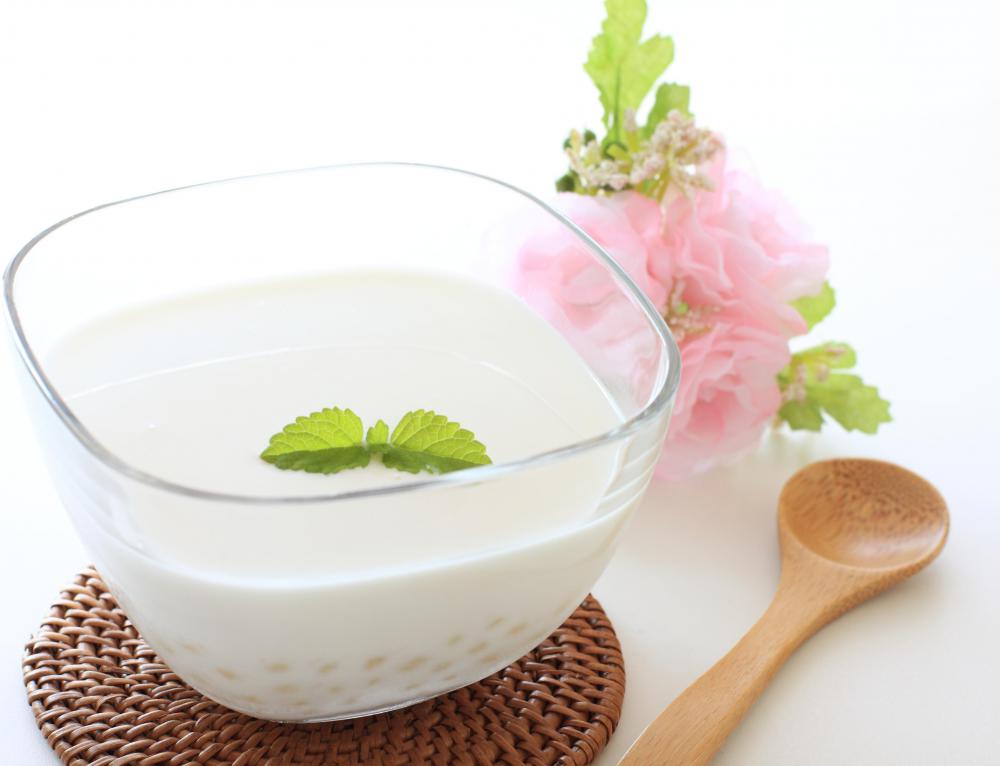At DelightedCooking, we're committed to delivering accurate, trustworthy information. Our expert-authored content is rigorously fact-checked and sourced from credible authorities. Discover how we uphold the highest standards in providing you with reliable knowledge.
What is Cassava Root?
Cassava is a tropical root vegetable cultivated in Latin America and Africa. There are a number of uses for the root, which is often treated like other root vegetables, such as potatoes, in an assortment of dishes. It is also treated to make tapioca, a starch that is used in the cuisine of a number of nations. Dried cassava is often available in specialty stores, with fresh cassava root being much more rare, since it spoils easily.
The root comes from Manihot esculenta, also known as manioc or yucca in addition to cassava. The perennial shrub was first domesticated in Central America, where it has been grown for centuries, and cultivation spread to Africa with the discovery of the New World. In addition to the starchy tubers, the leaves of the plant are also edible.

Despite the fact that it often plays an important role in people's diets, cassava root is actually not that nutritious. The leaves of the plant have far more protein and nutritional value than the root does, in fact. This vegetable can actually be highly toxic, since it contains cyanide, and it needs to be carefully handled and treated before it can be consumed. It does have the advantage of growing well in poor soil, and being filling when little else is available.

There are two types of cassava. So-called “bitter cassava” has a high level of cyanide, and it must be grated and soaked or left out in the sun to allow the cyanide to disperse before it can be eaten. Once treated, the root can be ground into flour, kept whole in flakes for various dishes, or processed to extract tapioca. “Sweet” cassava has lower levels of cyanide, and it can be peeled and used like a conventional root vegetable.
Dried cassava and cassava flour are used in a wide assortment of dishes, including soups and stews. The starchy vegetable often acts as a thickener and stretcher, making a dish seem more filling than it really is. People who rely heavily on it as a source of food may experience nutritional deficiencies, and they are at higher risk of neurological illness as a result of the toxins in the root. In addition to human nutrition, cassava root is also used to supplement animal diets in many countries, and the leaves can actually be a great source of roughage for herbivorous animals.
AS FEATURED ON:
AS FEATURED ON:












Discussion Comments
Its actually called yuca, not yucca. That's a completely different plant. Yuca also contains high amounts of and calcium oxalate, which is toxic.
If it's a good brand, I doubt there is anything to worry about. Perhaps you can call the company and ask them more about how the cassava root is processed and if they checked toxicity levels?
I understand your concern and if you want to switch, by all means, go ahead. But if you have a lot of dog food on hand, you might want to finish it. I know that some regions of Africa consume a lot of cassava root tapioca. If it was dangerous, I doubt it would be so popular.
I'm switching my dog's food right away!
Cassava root can help with fertility problems, due to its natural properties. Cassava root contains a natural hormone ‘phytoestrogen’, which may stimulate the ovaries to produce multiple eggs. This is called hyper-ovulation. Phytoestrogens are estrogens derived from plants; they occur naturally. Estrogens are female sex hormones and they play a significant role in a female reproductive system, but they are also essential for men, since their deficiency in male testicles may lead to infertility.
Combination of cassava root and folic acid can be found in cassanovum fertility supplements.
Cassava is said to contain a poison. The one under discussion is called in the Caribbean Islands- bitter cassava. This must not be eaten in its natural form because if consumed, can lead to a fatality.
To remove the poison, the tuber must be washed, peeled, grated or blended, then carefully pressed or wrung to remove the liquid. The flour is left to dry. The liquid is set aside in a clean container to settle. Pour off the remaining liquid and you'll get starch for your clothes.
The portion that was put to dry for a day or two is put in a sieve and the fine portion is made into bammy, flour, cake, pudding etc.
1. what are the methods used to determine presence of cyanides in biter cassava?
2. procedures required to remove cyanides from biter cassava.
3. If possible any three(3) experimental processes?
Post your comments